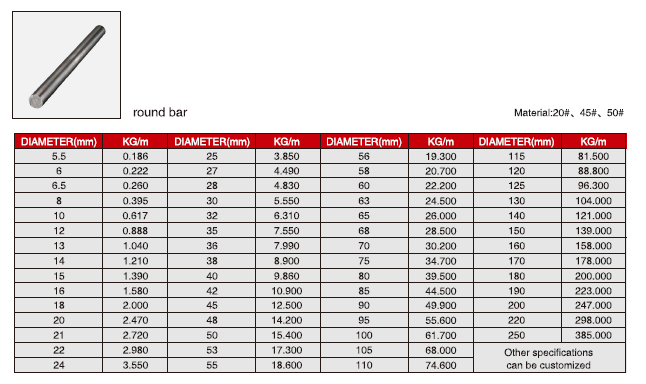In the first half of the year, the output of non-ferrous metal mineral products and the output of smelting and processing products have risen and fallen. The specific conditions are as follows:
1. Copper concentrate is 94,700 tons, up 8.85% year-on-year; tungsten concentrate is down 14.79%; lead concentrate is 11,600 tons, down 18.18%; zinc concentrate is 19,500 tons, up 22.78%; tin concentrate 1775 Tonne, down 2.51% year-on-year; molybdenum concentrate 3674 tons, up 54.48% year-on-year. Rare earth mineral products decreased by 78% year-on-year.
2. The output of ten non-ferrous metal products produced by the whole industry was 461,700 tons, an increase of 2.27%. Among them: copper 403,200 tons, an increase of 2.62%; lead 311,000 tons, down 24.66%; zinc 12,300 tons, an increase of 91.27%; nickel 6430 tons, an increase of 81.75%; tin 7344 tons, an increase of 27.63%.
3. The production of tungsten compounds was 20,200 tons, a year-on-year decrease of 7.52%. Among them: 8943 tons of ammonium paratungstate, down 11.80%; tungsten carbide powder 3856 tons, up 24.43%; tungsten powder 4498 tons, an increase of 11.39%.
4. Rare earth separation products decreased by 37.68% year-on-year, and rare earth metal products decreased by 39.37%.
5. Production of 583 tons of hard alloys, up 3.55% over the same period of last year; 29 tons of special-shaped alloys, down 52.46% over the same period of last year.
In response to the further deepening and spread of the impact of the world financial crisis and the profound impact on the economy of the province's non-ferrous industries, we must enhance our confidence and fully understand the economic development of the non-ferrous industries in our province.
Based on application,Round Bar can be classified as tool steel, mold steel, etc.
It is widely used in construction, machine manufacturing, ship building, automobile, aerospace, machine parts processing, etc.

Round steel is a solid steel strip with round section. The specification is expressed in millimeters in diameter, such as "50", which means round steel with a diameter of 50 mm. Round steel can be divided into three kinds: hot rolling, forging and cold drawing. Hot rolled round steel specifications for 5.5-250 mm. Among them, the small round bar of 5.5-25 mm is mostly made up of straight bars, commonly used as reinforcing steel bars, bolts and various mechanical parts; round bars larger than 25 mm are mainly used for manufacturing mechanical parts or seamless steel tubes.
Round Bar
Round Bar,Steel Round Bar,Alloy Steel Round Bar,Stainless Steel Round Bar,Hot Rolled Steel Round Bar
TIANJIN ZHENXIANG STRIP PROCESSING CO., LTD. , http://www.zhenxiangsteel.com